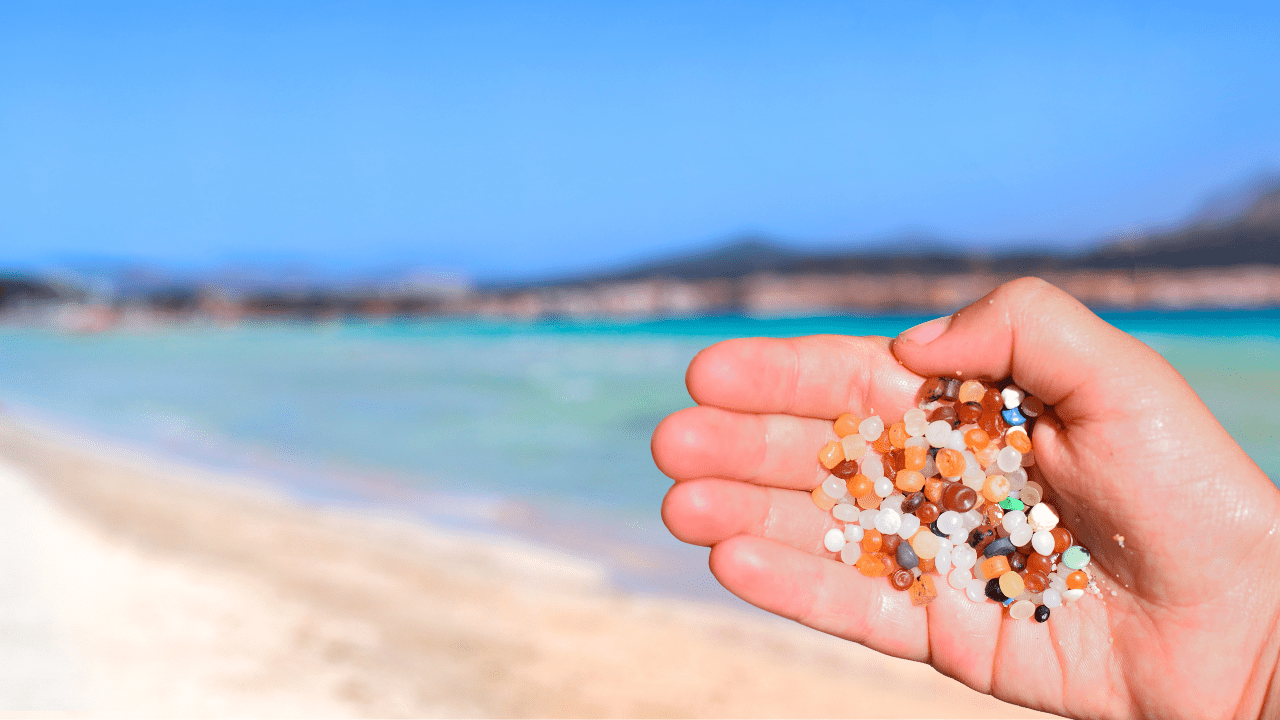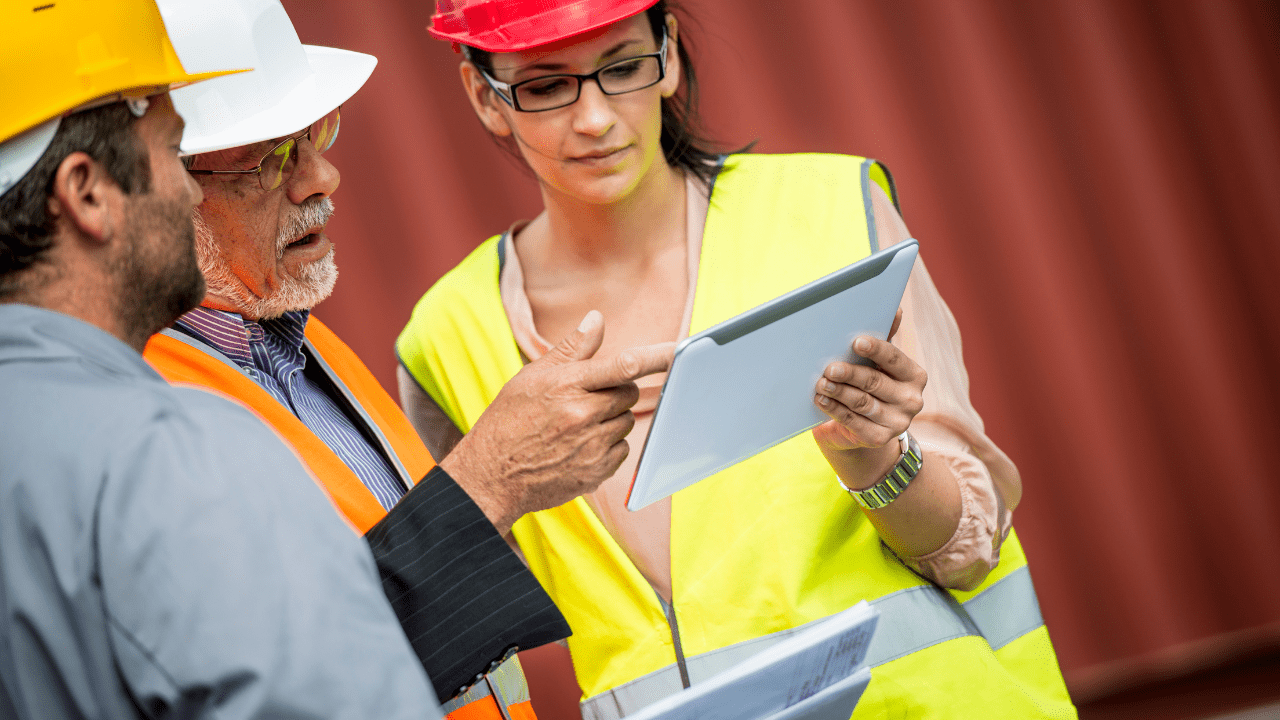Most people don’t realize just how much we, as consumers, rely on plastics in our daily lives. Plastics are used in virtually everything we touch, including our phones, cars, and even our clothes. These products aren’t often considered when we think about plastic pollution. Instead, when we want to “feel good” about doing something for our environment, we tend to think about recycling our plastic water bottles and peanut butter jars.
The Myth of Recycling
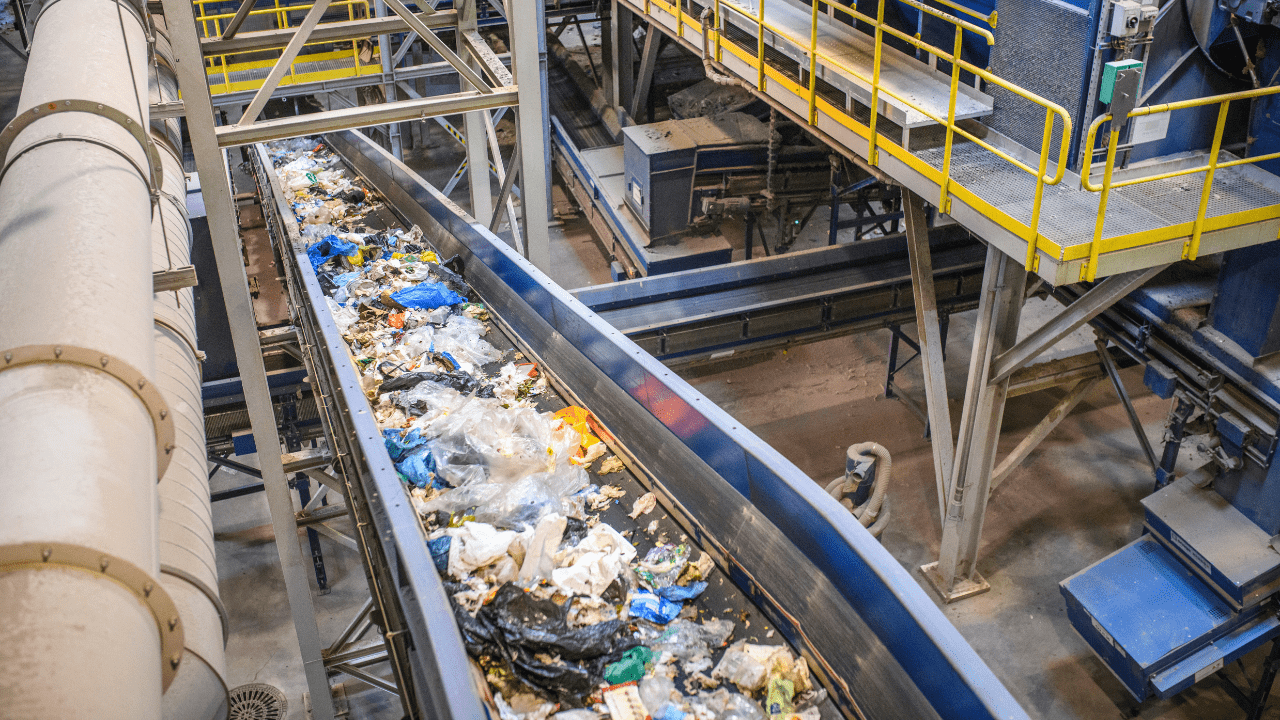
Recycling itself is somewhat of a myth, as less than 10% of the plastic products we use are actually recycled. When plastics are recycled, they’re almost never turned back into the same product. For example, a food container will be turned into something inferior, not another food container. To make another food container, the manufacturer must use virgin (new) plastic. The failure to truly recycle something into some semblance of its former self is a lack of technology, budget, or willingness to separate waste from what can be recycled.
While the real solution is for all of us to stop using so much plastic, the reality right now is that new plastics continue to be manufactured and we need to fight the good fight on all fronts. The second-largest battle, after lowering overall plastic consumption, is stopping virgin plastics from entering our environment before the manufacturing process even begins.
Plastic Pellets: The Hidden Environmental Enemy
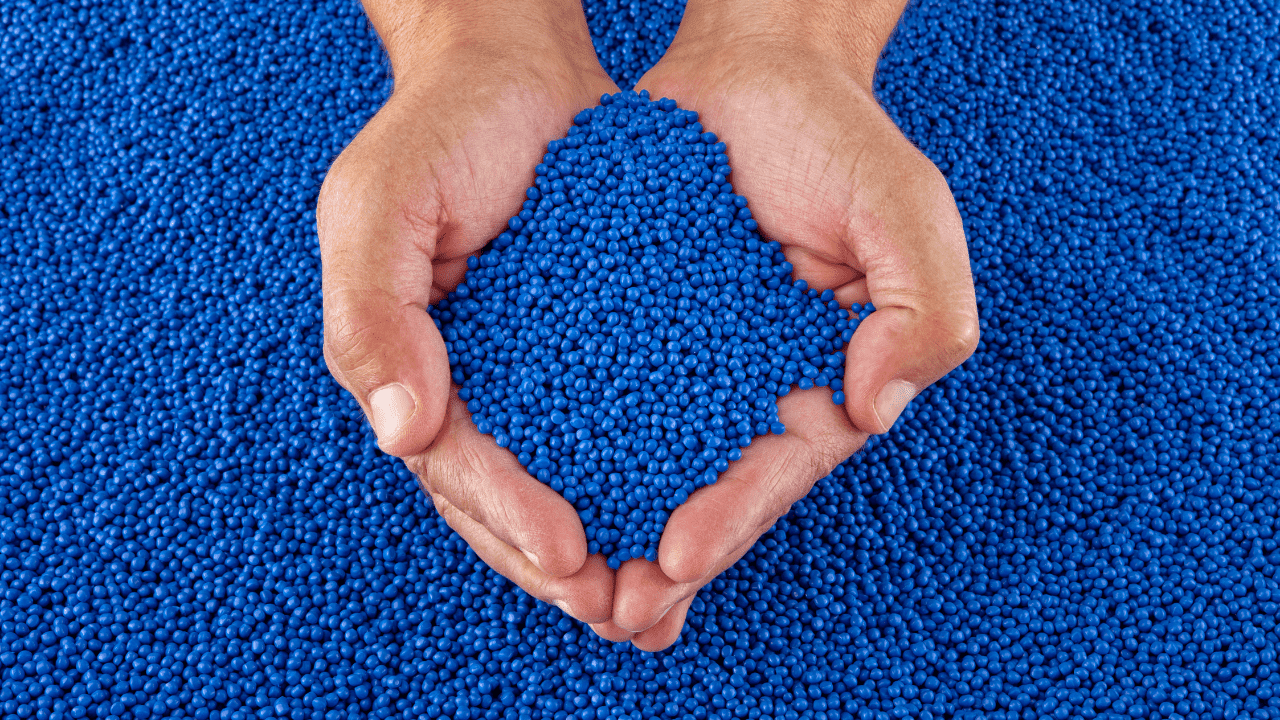
Before plastic products become plastic products, tiny plastic pellets as small as 5mm in diameter are brought to a processing plant in bulk. These pellets, also known as “nurdles,” fall out of rail cars, leak from hoses, bounce out of so-called containment solutions, and end up in our environment and waterways via stormwater runoff. Once in the wild, the plastic pellets are ingested by marine life and wildlife and cannot pass through most animals’ digestive tracts, leading to malnutrition and starvation. There are also human health ramifications, as well.
Currently, there are no federal laws [in the United States] that regulate plastic pellet pollution specifically. In a perfect world, we wouldn’t need laws to deal with environmental threats posed by human activities, but there is indeed proposed legislation in play at the time of this writing. In the meantime, there are a handful of non-profit organizations such as Operation Clean Sweep, the Plastic Soup Foundation, and the Surfrider Foundation, all working to address plastic pellet pollution with a number of major companies that have signed on with pledges to do better.
Many companies who have taken such pledges are now adopting internal “good housekeeping” practices to better mitigate the loss of plastic pellets, resin, and powder during their own handling and manufacturing processes. These practices include the installation and use of plastic pellet containment solutions at the point of entry and throughout the manufacturing process. Containing plastic pellets not only helps to protect the environment but also makes facilities more efficient while keeping workers safer (those little plastic pellets have caused all kinds of slips and falls).
A Long Road Ahead to Zero Plastic Resin Loss
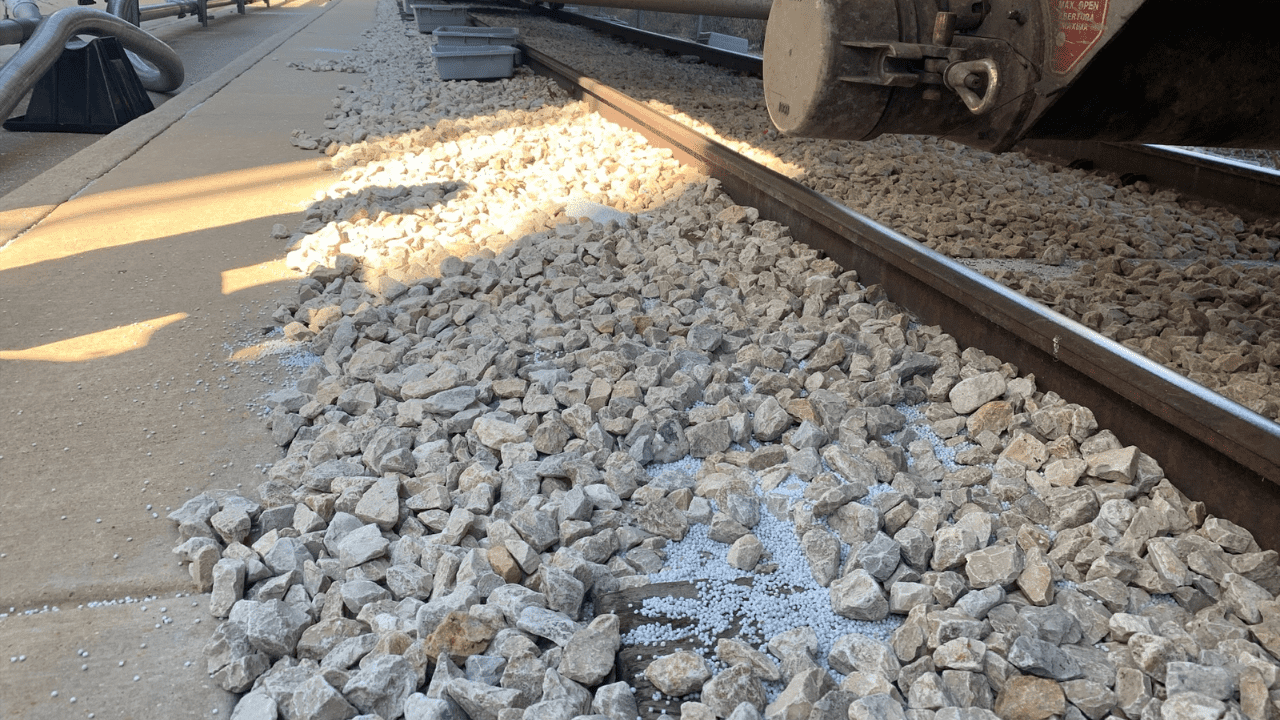
While all of that sounds promising, some of the organizations working to prevent plastic pellet pollution have been around for over 30 years and have yet to reach more than a small fraction of companies within the plastics supply chain. This could partially be attributed to a lack of funding or awareness for the organizations themselves, but some of the larger organizations that are well-funded only focus a tiny percentage of their efforts on plastic pellet pollution—their core focus is on climate change. This is not the place for debate, but no matter where you stand on climate change, we can all see and touch plastic pellets in and alongside our waterways. It’s an easy sell that these nurdles are a problem with a very clear, cost-effective solution that, again, will not only protect the environment but also save plastic manufacturers money.
Many of the self-governing practices designed to reach zero plastic resin loss being implemented within manufacturing facilities have come from lawsuits forcing the companies to do more. Some of these lawsuits are local, while others have played out on the global stage. Again, we shouldn’t need laws or lawsuits for these companies to do the right thing, as a simple stroll along the beach and then the trackside of a railroad operation delivering raw materials to a plastics manufacturer tells a compelling story.
 One organization, called Nurdle Patrol, is trying to tell that story by taking nurdle samples across the country—along ponds, lakes, and coastlines. They then plot their findings on a map to make the case (even if by proxy) to local communities, companies within the plastics industry, and lawmakers alike. Nurdle Patrol also recruits “citizen scientists” to further sample their own local beaches and waterways to add to the mapped data. It’s not clear how accurate the data are, as some plots on the map report nurdle collection numbers that are different than the map’s color-coded legend. Either way, this type of physically active local engagement could prove to be far more effective than larger organizations driving awareness through marketing methods. All awareness, however, is important given the severity of the plastic pellet pollution situation.
One organization, called Nurdle Patrol, is trying to tell that story by taking nurdle samples across the country—along ponds, lakes, and coastlines. They then plot their findings on a map to make the case (even if by proxy) to local communities, companies within the plastics industry, and lawmakers alike. Nurdle Patrol also recruits “citizen scientists” to further sample their own local beaches and waterways to add to the mapped data. It’s not clear how accurate the data are, as some plots on the map report nurdle collection numbers that are different than the map’s color-coded legend. Either way, this type of physically active local engagement could prove to be far more effective than larger organizations driving awareness through marketing methods. All awareness, however, is important given the severity of the plastic pellet pollution situation.
Your Role in Stopping Plastic Pellet Pollution
There are lots of things we can all do to stop plastic pellet pollution as both consumers and those within the plastic products supply chain.
As a Consumer

The most obvious is a tough one but reducing our plastics footprint is a start. Plastic is everywhere; in almost everything we use or consume on a daily basis. Shifting to alternative products is ideal, but difficult, of course. And many of the alternative products are just as bad as or worse for our environment than plastic. Unfortunately, there are companies and organizations that try to ride the environmental bandwagon for profit and nothing more. Do your research, check labels, and understand how things are actually made and recycled, and you’ll be doing more than most people.
Beyond working to lower your own plastics footprint, becoming an advocate is a great way to spread awareness of and solutions to the problem of plastic pellet pollution. We’re not talking about protesting in front of plastics manufacturing facilities—that’s not the answer. Instead, forming your own small, local groups like the folks at Nurdle Patrol did is a great start. Educating with facts, not screaming, is the answer. A cup of nurdles from a small section of beach is a compelling story.
As a Plastics Industry Organization

If you’re in the plastics industry, we encourage you to join or support one or more of the organizations mentioned above. There are others, too, if you dig a bit. More than that, though, you should consider implementing best practices for containing plastic pellets and reaching for a zero-loss goal. This is no different than implementing a stormwater management plan and, in fact, could include plastic pellet spill control since stormwater is the primary means of nurdles ending up in our waterways.
Yes, there will be up-front expenses but lost raw materials in the form of plastic pellets, resin, or powder aren’t cost-effective either. Litigation has also cost companies in the plastics industry billions of dollars, which seems to be the guerilla tactic that some non-profits are using to address the issue when awareness and lobbying for new laws aren’t working.
Simple solutions like track pans, track berms, drain guards, drain seals, drain socks, containment berms, and dewatering bags to name a handful are all readily available and affordable products that can capture plastic pellets before they enter the environment. Deploying these solutions while training front-line workers on how to use them and how to better manage pellets to prevent leaks and spills in the first place would be a major step in the right direction.
